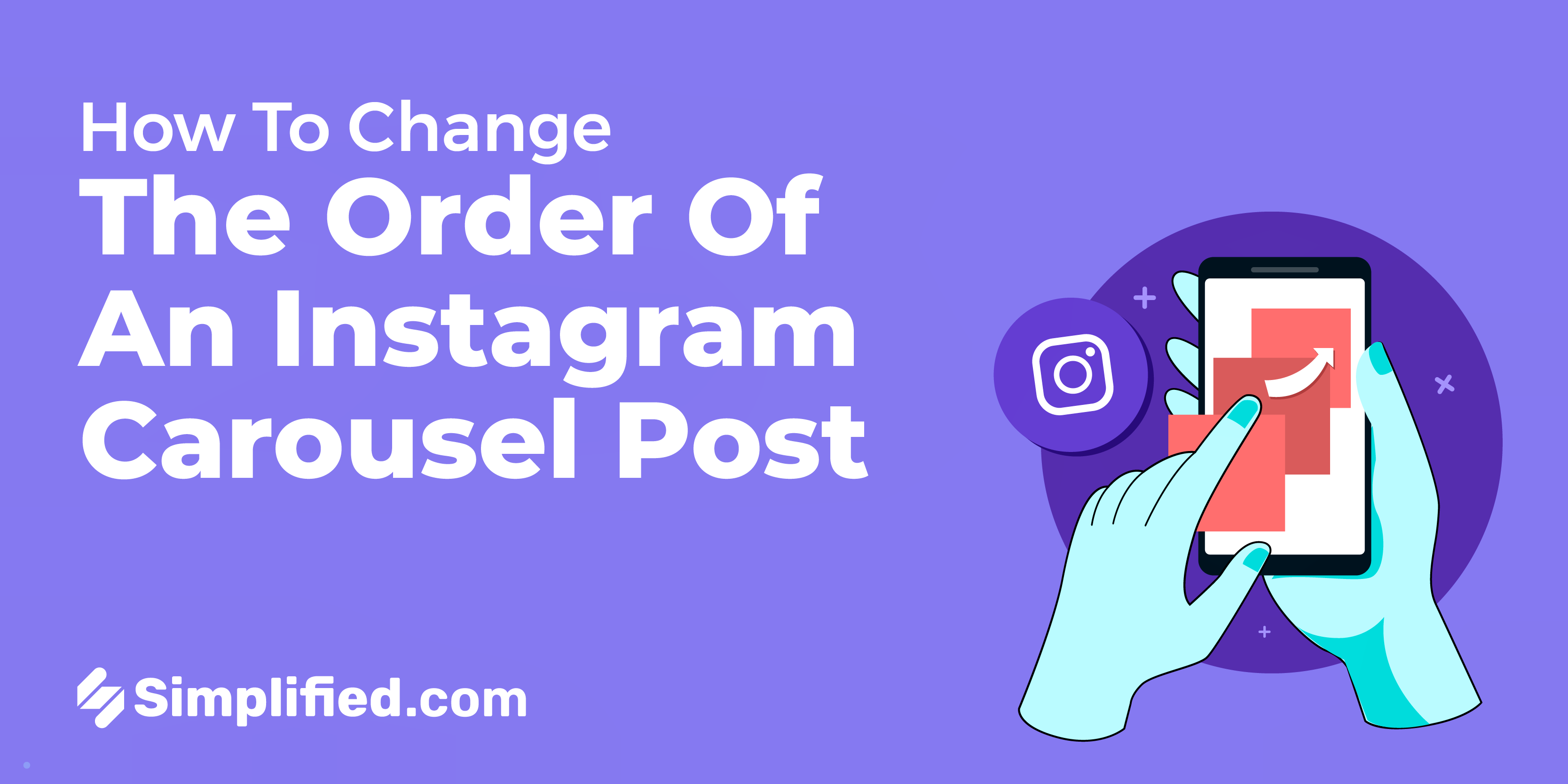What do you mean by Direct Response?
Direct response marketing is a type of marketing that is designed to elicit an immediate response from the consumer. This can be anything from making a purchase to signing up for a newsletter or downloading a white paper.
Direct response marketing is important because it allows businesses to measure the results of their marketing campaigns and see what is working and what is not. This information can then be used to improve future campaigns and get better results.
The benefits of direct response marketing include:
Measurable results:
Direct response marketing is typically more measurable than other types of marketing. This is because it is designed to elicit a specific response from the consumer. You can track the results of your direct response campaigns to see what is working and what is not, so that you can make adjustments as needed.
Targeted audience:
Direct response marketing allows you to target your ads to a specific audience. This means that your ads are more likely to be seen by people who are interested in what you have to offer.
Cost-effectiveness:
Direct response marketing can be a very cost-effective way to reach your target audience. This is because you only pay when someone takes the desired action, such as making a purchase or clicking on your ad.
Types of direct response marketing:
Email marketing:
Email marketing is a direct response marketing channel that allows you to send targeted messages to your email subscribers. Email marketing is a great way to generate leads, sales, and traffic to your website.
Pay-per-click (PPC) advertising:
PPC advertising is a direct response marketing channel that allows you to place ads on search engines and other websites. You only pay when someone clicks on your ad. PPC advertising is a great way to generate leads and sales from people who are already interested in what you have to offer.
Social media advertising:
Social media advertising is a direct response marketing channel that allows you to place ads on social media platforms like Facebook, Twitter, and Instagram. You can target your ads to specific demographics and interests. Social media advertising is a great way to reach a large audience and generate leads and sales.
Direct mail:
Direct mail is a direct response marketing channel that allows you to send physical marketing materials to your target audience, such as postcards, catalogs, and brochures. Direct mail is a great way to reach people who are not as active online.
How to create a successful direct response marketing campaign:
To create a successful direct response marketing campaign, you need to follow these steps:
Set clear goals for your campaign:
What do you want to achieve with your campaign? Do you want to generate leads, sales, or traffic to your website? Once you know your goals, you can create a campaign that is designed to achieve them.
Define your target audience:
Who are you trying to reach with your campaign? Once you know your target audience, you can create messages that are relevant and appealing to them.
Create a compelling offer:
What are you offering your target audience? Your offer should be something that they find valuable and irresistible.
Write effective copy:
Your copy should be clear, concise, and persuasive. It should highlight the benefits of your offer and tell your target audience why they should take action.
Track your results and make adjustments as needed:
Once your campaign is launched, it is important to track your results and make adjustments as needed. This will help you to improve the performance of your campaign over time.
Conclusion:
Direct response marketing is a powerful tool that can be used to achieve a variety of marketing goals. If you are looking for a way to generate leads, sales, or traffic to your website, then direct response marketing is a great option to consider.
The future of direct response marketing is bright. As technology continues to develop, we can expect to see even more innovative and effective ways to reach and engage consumers.
.webp)













